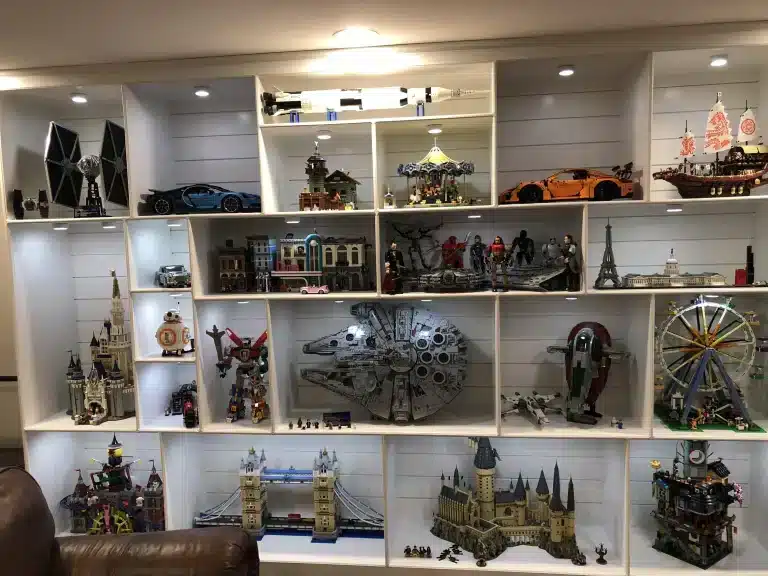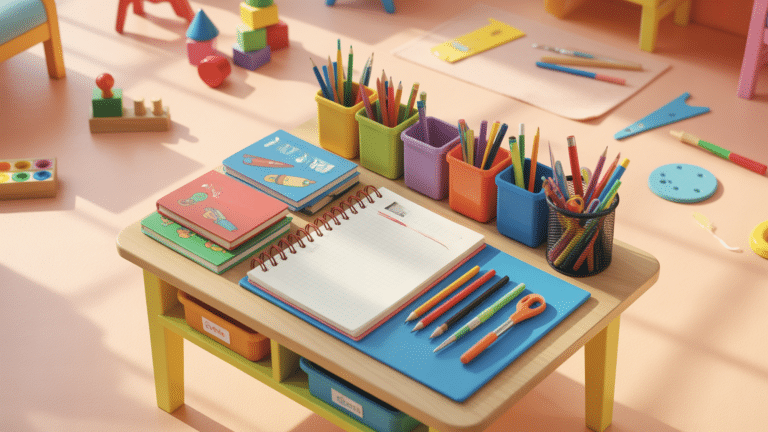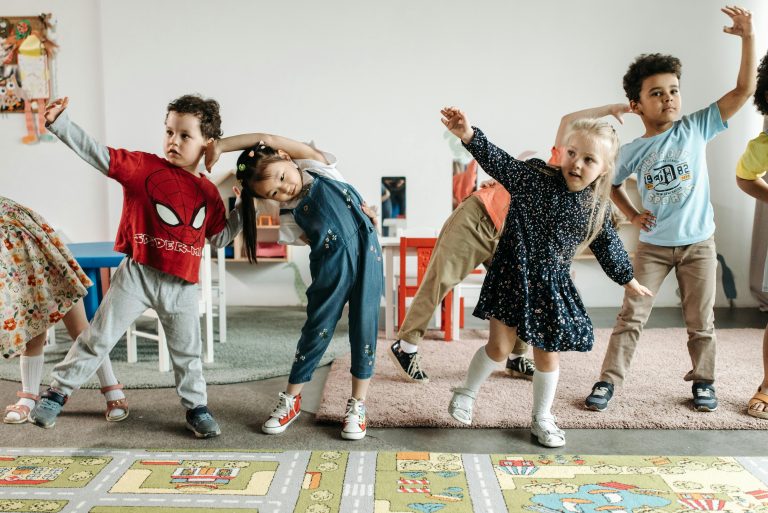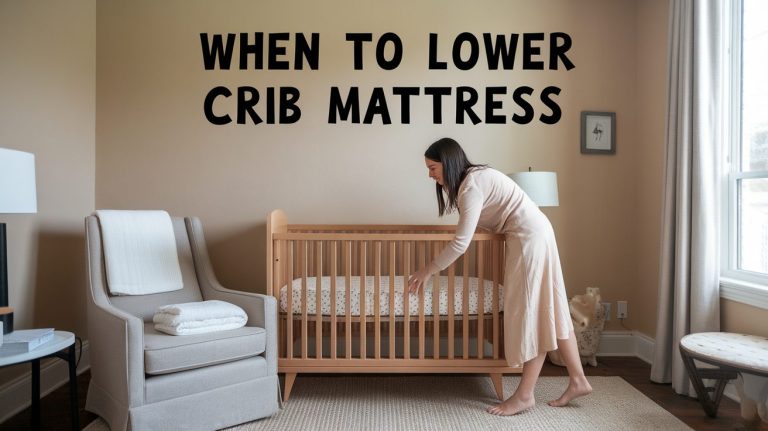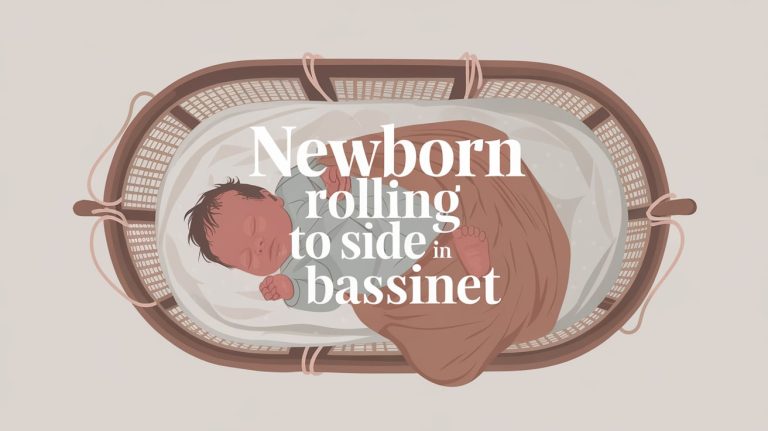For many families, LEGO is more than just a toy; it’s a source of endless creativity and joy. However, anyone with a LEGO collection knows that managing and organising these versatile building blocks can be a daunting task, especially as the collection grows over time.
Proper storage not only keeps small pieces from getting lost but also makes building more enjoyable. Displaying your LEGO creations can also be a fun way to celebrate the effort put into building them. Here are some top tips for storing and displaying your LEGO sets in a way that enhances both their aesthetic appeal and their functionality.
Thoughtful Storage for Themed Sets
When it comes to storing LEGO, the key is to keep it organised in a way that makes it easy to find exactly what you need. For collections like the Harry Potter LEGO sets, which are often used both for play and display, consider separating these from your general LEGO bricks.
You might use themed storage bins that match the Harry Potter aesthetic or label clear bins with pictures of the set they belong to. This not only makes it easier to find pieces when you want to rebuild a specific set but also adds a layer of fun to the storage process.
For larger sets, keeping the original boxes can be beneficial, especially if they include unique artwork or building instructions. These boxes can be stored on shelves like books, making them part of the room’s decor. For regular play pieces, however, more accessible solutions might be necessary.
Creative Toy Storage Solutions
Creative toy storage is an essential aspect of LEGO management. Utilising under-bed storage containers can be a great way to hide away large collections while keeping them easily accessible. These containers can be divided into compartments to help sort pieces by size, shape, or colour.
Another creative storage solution is to use over-the-door shoe organisers. Each pocket can hold different types of LEGO pieces, and the clear ones allow you to see the contents at a glance. This is particularly useful for small spaces, as it utilises vertical space that would otherwise go unused.
Displaying Your LEGO Creations
Displaying LEGO models can be as much of a creative endeavour as building them. When setting up displays, consider the environment and the theme of the LEGO set. For instance, a series of Star Wars LEGO ships might look fantastic mounted on a wall, flying in formation. Similarly, a LEGO cityscape could have its own dedicated table where different buildings and scenes are permanently set up, showcasing the vibrancy and detail of the city.
For LEGO models that are likely to be played with frequently, modular shelves work wonderfully. These allow for easy access and can be rearranged to fit different sized models as your collection changes and grows. If dust is a concern, consider using display cases or glass-front cabinets where models can be seen but not touched.
Using Displays as Room Features
LEGO displays can also serve as focal points in a room’s decoration. A rotating stand can showcase a particularly impressive model, such as a LEGO Technic car or a large Harry Potter castle, allowing viewers to appreciate all angles of the model.
Lighting plays a crucial role here; spotlights or LED strips can highlight the features of your LEGO sets, making them stand out even more.
Rotation and Flexibility
Keeping the display dynamic by rotating different models in and out of your display area can keep the interest alive. This is especially effective in children’s rooms, where changing interests can be reflected in the displayed models. Rotating displays also reinvigorate the appeal of older sets, giving them new life.
Labels and Information
For the true LEGO enthusiast, adding labels with information about the set (such as the name, year of release, and a brief description) can enhance the display. This is particularly appealing for collections displayed in shared spaces of the home, where visitors can appreciate the models and learn about them at the same time.

